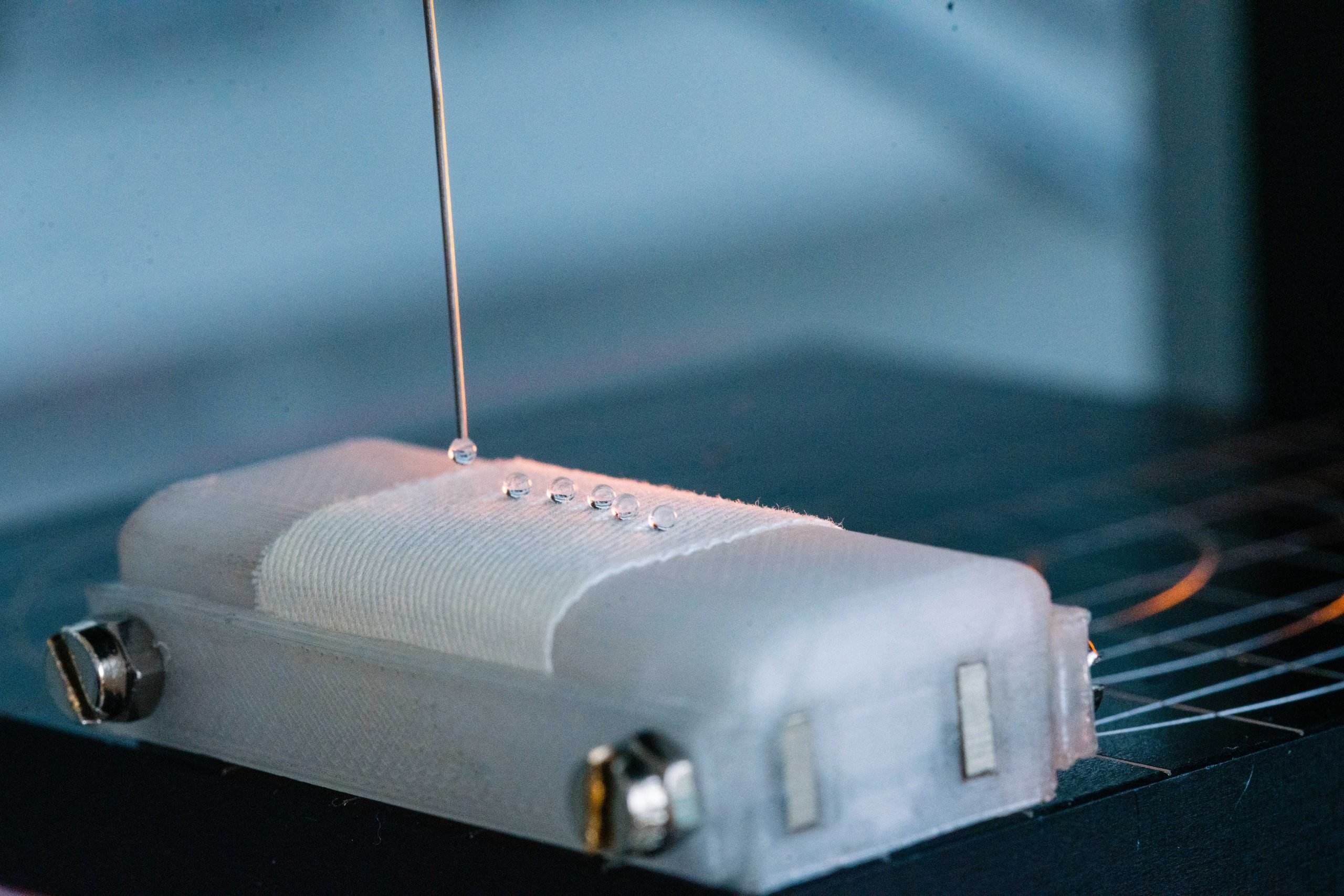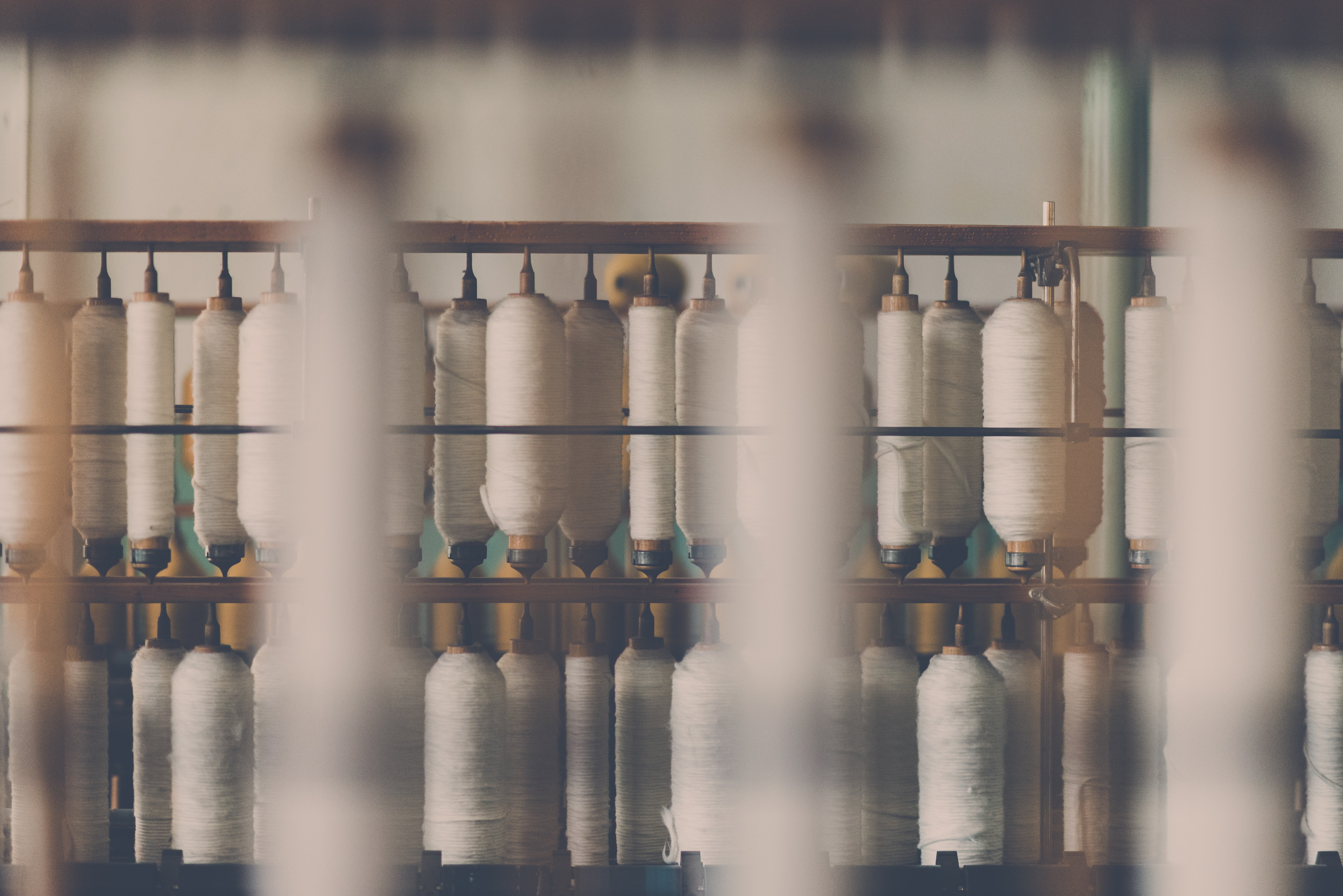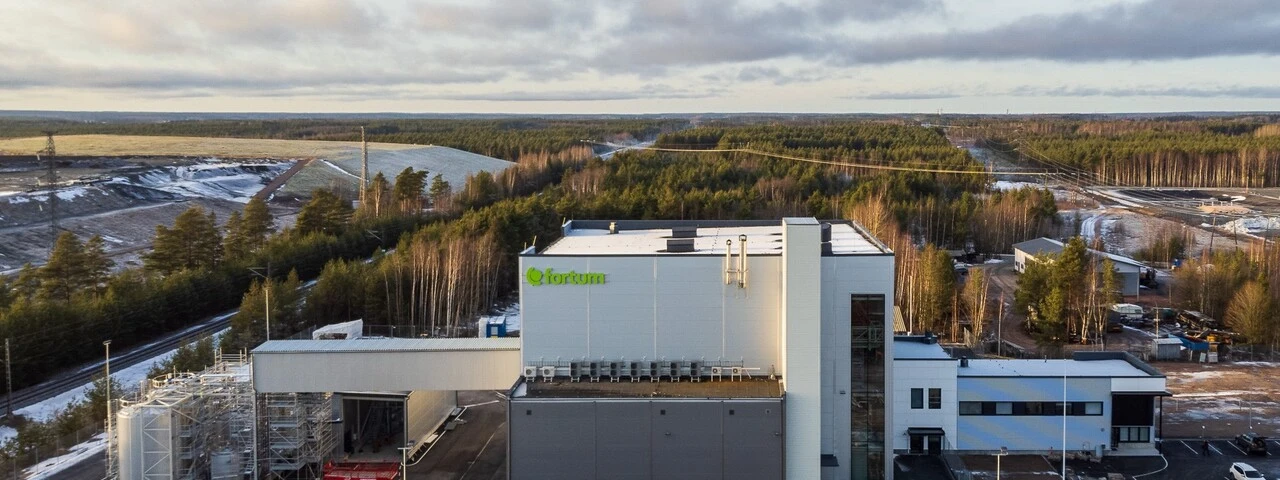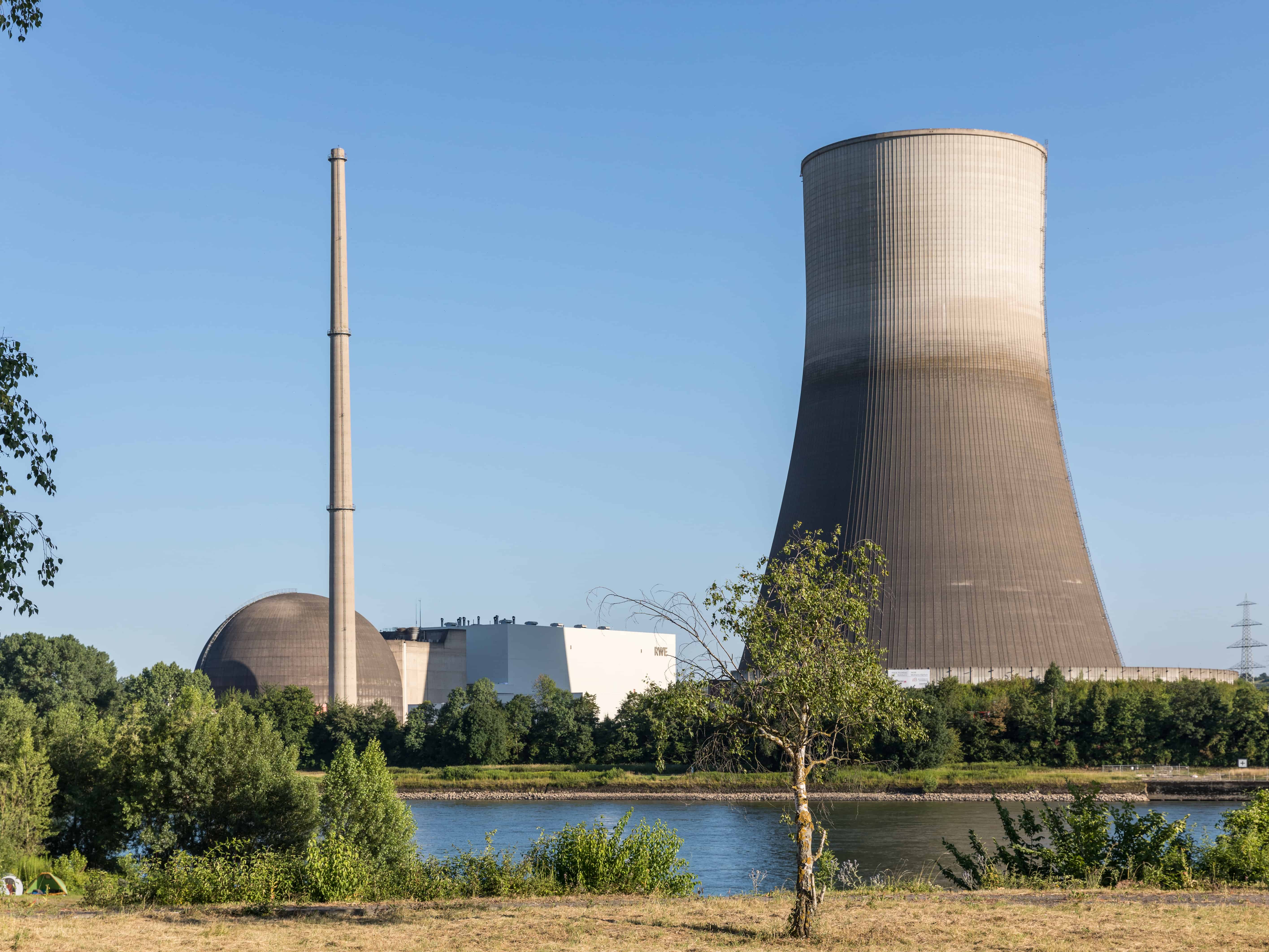
At the moment, chemicals still play a major role in the production of textiles, while biotechnological processes, enzymes and renewable raw materials are for the most part neglected. In particular, perfluorinated chemicals are still primarily used to impart water- and oil-repellent properties to textiles. The disadvantages of these processes are obvious: the chemicals are harmful to health, hardly biodegradable and thus remain in the environment for a long time.
Scientists at the Fraunhofer Institute for Interfacial Engineering and Biotechnology IGB have therefore been researching sustainable, eco-friendly alternatives for some time now and have already achieved some success. At the end of January 2021, they completed the HydroFichi (Hydrophobic Finishing with Chitosan) project. The result is a technology that can be used to give fibers desired properties using biotechnological processes and chitosan.
The many uses of chitosan
Chitosan is a renewable raw material derived from chitin, the second most abundant biopolymer found in nature after cellulose. Sources include crab shells from fishery waste, insect skins and shells that are produced, for example, in the manufacture of animal feed, or the cell walls of fungi. Chitin is not water soluble, nor does it dissolve in most organic solvents. Chitosan is not readily soluble either, but can be dissolved in water by adding mild acids and thus used in textile processing.
When isolated from chitin, the properties of chitosan can be customized by choosing the particular conditions. As a result, it can then be used, for example, as a flocculant in wastewater treatment, as an active ingredient carrier in medicine, or even in the textile industry. In tests conducted by the German Institutes for Textile and Fiber Research Denkendorf (DITF), its effectiveness was already evident by significantly reduced roughness of the yarns after being woven into textile fabric. The values achieved with chitosan from insects are comparable to those from commercial crab shells, the researchers explain. This fact, they say, opens up entirely new possibilities for future extraction in the spirit of bioeconomics.
Chitosan replaces petroleum-based chemicals
“Our objective in the HydroFichi project was to provide the textile industry with a raw material for a wide range of applications that can be obtained from renewable educts, but that also avoids chemicals harmful to the environment and health,” explains project leader Dr. Achim Weber, deputy head of the Functional Surfaces and Materials innovation field at the IGB. “In addition to a simple coating with chitosan that protects the fibers, we were also able to use the substance as an anchor molecule to create crosslinking points for a wide variety of functional groups. We were thus able to provide textiles with very specific properties, such as making them water-repellent. Chitosan can therefore act as a matrix material or template at the same time – and do so for a wide variety of fiber materials.”
The next step is to scale up the technology developed at the IGB from the lab to a much larger pilot. The goal is to be able to transfer the sustainable biomolecule to market maturity as quickly as possible for use in the sports and outdoor sectors, for example.
The “HydroFichi” and follow-up “ExpandChi” projects were funded by the German Federal Ministry of Education and Research (BMBF).
Cover photo: Contact angle measurements of a textile treated with modified chitosan confirm excellent water repellency. © Fraunhofer IGBW
You can find more interesting articles on this topic here.







